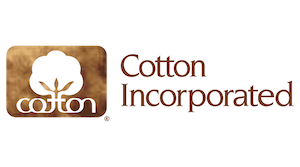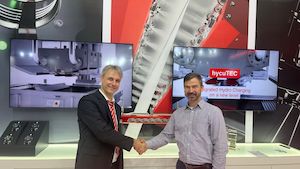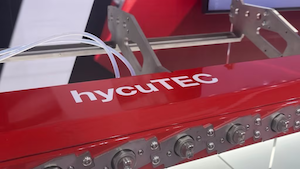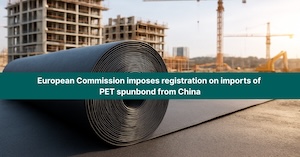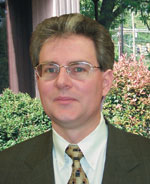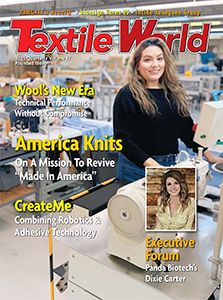 CARY, N.C. — December 8, 2025 — INDA, the Association of the Nonwoven Fabrics Industry, is pleased to announce the hiring of Rachael Davis as the new Publisher / Chief Content Officer for INDA Media, effective January 5, 2026. Davis will provide strategic leadership for the International Fiber Journal and International Filtration News, guiding the publications into their next phase of growth, engagement, and industry impact.
CARY, N.C. — December 8, 2025 — INDA, the Association of the Nonwoven Fabrics Industry, is pleased to announce the hiring of Rachael Davis as the new Publisher / Chief Content Officer for INDA Media, effective January 5, 2026. Davis will provide strategic leadership for the International Fiber Journal and International Filtration News, guiding the publications into their next phase of growth, engagement, and industry impact.
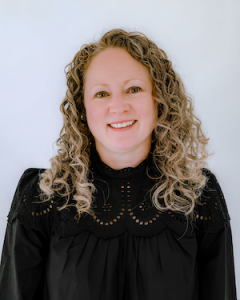
Davis brings a strong blend of technical expertise, editorial leadership, and deep knowledge of the fibers, textiles, and nonwovens sectors. Before joining INDA, she served as Executive Editor for Textile World, Textile World Asia, and Textiles Panamericanos within the Textile Industries Media Group, LLC. A graduate of the Georgia Institute of Technology, she holds a Bachelors of Applied Science in Polymer and Textile Chemistry and began her career working directly in the textile industry before transitioning into publishing. Over the past two and a half decades, she has advanced through a variety of editorial roles, earning a reputation for clarity, accuracy, and thoughtful industry reporting.
“We are thrilled to welcome Rachael to INDA,” said Tony Fragnito, INDA President & CEO. “Her combination of technical understanding, editorial excellence, and industry insight makes her the ideal leader to guide INDA Media’s publications into their next chapter. As INDA expands its global collaboration as a founding member of GNA, and the industry continues to innovate and evolve, Rachael’s vision and experience will help us build on the strong publishing foundation already in place.”
Davis shared her enthusiasm for the opportunity: “I am very excited to take this next step in my career, and I am honored to join INDA and lead two publications that play such an important role in connecting and informing the global nonwovens and filtration communities. I will miss my colleagues at Textile World, but I’m excited to leverage my experience and help grow these INDA titles, deepen their technical and market coverage, and serve readers who rely on trusted, authoritative content.”
“Rachael has a broad range of textile knowledge and editorial skill and has been a significant member of the TIMG / Textile World team. Not only has Rachael written great stories about the US textile industry, but also has assisted TIMG to adapt to the many changes in print and electronic business media over the past 25 years. Everyone at TIMG and Textile World wishes her success and fulfilment in her new role — and I know INDA will offer numerous opportunities for Rachael to fully utilize her many talents,” said Jim Borneman, Editor in Chief, Owner, Textile Industries Media Group, LLC.
INDA extends its sincere appreciation to Caryn Smith, Principal at Driven by Design, whose leadership as Publisher / Chief Content Officer has strengthened the design, structure, and content of INDA Media’s publications. We thank her for her leadership and commitment to affecting a smooth transition. INDA wishes her, and her firm, continued success.
Posted: December 8, 2025
Source: INDA, the Association of the Nonwoven Fabrics Industry

